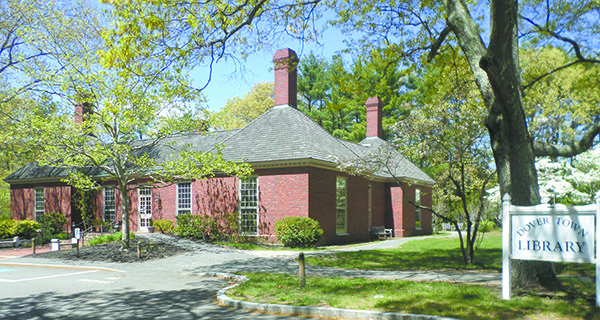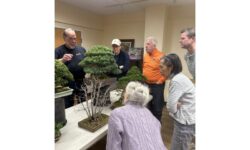By Amelia Tarallo
Hometown Weekly Staff
As the world went into quarantine, people began seeing wild animals emerging from their habitats more. Colorado residents have spotted mountain lions prowling through residential neighborhoods. Bears are waking up from hibernation and trekking to find food.
"Is that a Coywolf in My Backyard?" was a presentation all about our canine neighbors, hosted on Zoom by the Dover Town Library on June 17. Using some of his own photographs, coyote expert Bob Michelson led the audience through some fascinating information about these creatures.
Michelson started the presentation by explaining that "coywolf" is actually a misnomer for the creatures we have here in Massachusetts. Coyotes are not an indigenous species to New England. These canids didn’t appear in the Northeast until the 1960s, didn’t make their way to the Massachusetts coast until the 2000s, and weren’t found in Florida until recently. Coyotes migrated into the east due to the lack of wolves. The absence of other coyotes led them to breed with like species, such as timberwolves, German shepherds, and other large breeds of domesticated dogs, along the way.
He used pictures of Molly, a western coyote residing at the Buttonwood Park Zoo in New Bedford, to explain the difference between the coyotes we know and their western counterparts. “Western coyotes max out at about 40 pounds, about two and half feet at the shoulders. In comparison, a timberwolf is a very large dog. They’re over six feet long, shoulders are about three feet high. They average about 100 to 140 pounds each,” described Michelson.
“The result is a hybrid coyote,” explained Michelson.
Because of the differences in their genetic makeup, these breeds differ not only in appearance, but also their hunting habitats, where they build dens, and other key characteristics. “When you see a coyote right now, you’re looking at a hybrid coyote. It is not a coywolf.”
Among the plethora of information Bob Michelson included in his presentation, perhaps the most important were the safety tips. Audience members were shocked to hear that Michelson had spotted coyote hybrids leaping over six-foot fences in backyards. People most often encounter coyote hybrids either very early in the morning or very late at night. With pack sizes ranging from four to eight members, it’s important to keep your guard up while outside. “The best defense you have is to not turn and not run. If you turn and run, you’re telling the coyote you’re prey, and you’re a meal. Stand tall, put your arms up in the air, make as much noise as you can - clap, bang a couple sticks together, shake your keys - stand your ground, and slowly back away, keeping eye contact with the predator,” explained Michelson. He also advised audience members to carry a bright flashlight or a whistle while walking.
While there is much to learn about these hybrids, it’s important to know that these are wild animals that prefer to be left alone. Rather than trying to see one in the wild, those interested in learning more are welcome to attend future presentations. Michelson will be returning to the Dover Town Library shortly to present more about these fascinating creatures, allowing everyone to learn a bit more from the safety of the of the library.























